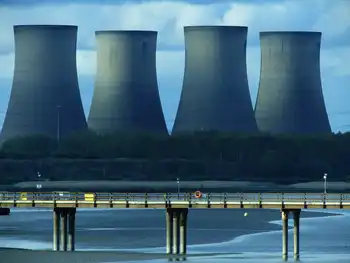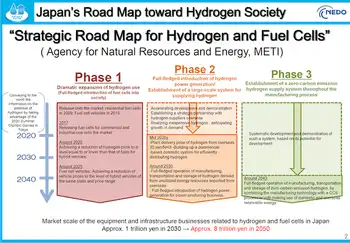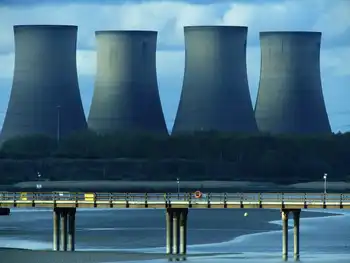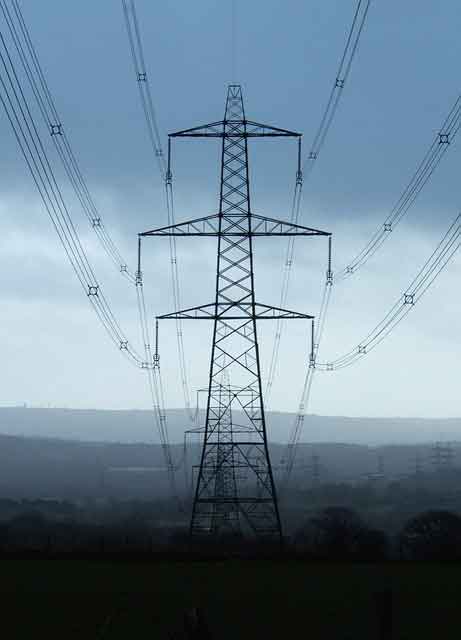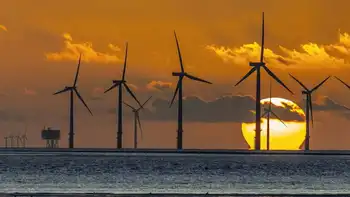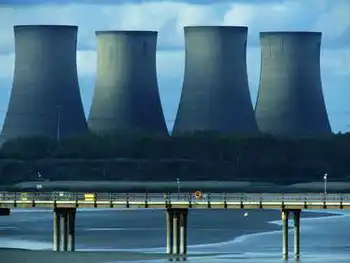Auditors: TVA faces financial challenges
By Associated Press
Arc Flash Training CSA Z462 - Electrical Safety Essentials
Our customized live online or in‑person group training can be delivered to your staff at your location.

- Live Online
- 6 hours Instructor-led
- Group Training Available
TVA's independent inspector general's office credited the self-supporting and largely self-regulating federal utility with maintaining adequate revenue, mostly from electric rates, of more than $10 billion annually despite a down economy.
But the auditors say TVA will need to do more in coming years to maintain financial health. That includes controlling costs and making sound capital investments — not just to fix the Kingston Fossil Plant ash spill but in the billions of dollars TVA expects to spend for pollution controls and new sources of electricity.
Considering the energy crisis facing the nation and congressional actions to limit greenhouse gases, "the financial soundness of TVA is perhaps more important now than at any other time in history," the report said.
TVA is the nation's largest public utility, serving nearly 9 million consumers through 158 distributors in Tennessee and parts of Alabama, Mississippi, Kentucky, Georgia, North Carolina and Virginia.
While agreeing that "financial performance is a prime factor in determining sustainable success," TVA Chief Financial Officer Kim Greene noted, "TVA is a healthier company today than it was in the past."
TVA has spent more than $100 million on the cleanup of the December 22 Kingston spill so far and estimates the final cost, excluding fines and litigation, at $675 million to $975 million.
But it's not the only financial hit TVA has taken. A federal court decision in North Carolina could force TVA to accelerate plans to add pollution controls to coal plants in Tennessee and Alabama.
Also, Wall Street's collapse cost TVA's retirement system nearly $1.5 billion and the fund to decommission TVA nuclear plants lost $240 million. TVA is being asked to restore $300 million to the retirement fund and may be asked to make payments to the nuclear fund, too.
This comes as TVA advances a plan to spend $2 billion annually through 2011 and nearly $3 billion in 2012 on pollution controls and upgrades to its aging fleet of power stations and transmission network.
"TVA is in the throes of making strategic decisions that will affect generations of valley residents," the inspector general's report said. "Historically, TVA has a spotty record in evaluating market conditions and investing in the right generation mix."
In 1966, TVA embraced a bold plan to build 17 nuclear reactors at eight sites. By the 1980s, only two plants were finished and most of the others were scrapped because electricity demand couldn't justify them.
Since then, TVA has returned to these unfinished sites for new generation — completing the Watts Bar Unit 1 reactor in Tennessee in 1996 and working to finish Watts Bar 2 by 2013. TVA also is weighing whether to build one to four reactors at Bellefonte in Alabama.
But those overly ambitious nuclear plans of the 1960s and 1970s left the agency with a $25 billion debt. Although TVA has trimmed the debt by $5 billion since 1996 — and thereby cut debt service payments from 25 cents of every dollar earned in 2000 to 13 cents in 2008 — that still gives TVA only a $5 billion cushion before hitting its congressional debt ceiling.
"We believe that power demand will continue to grow over the long term in the Tennessee Valley and TVA must prepare for that now by continuing to add new sources of clean energy and investing in the power systems to keep it reliable," Greene said.
She added that TVA should not be judged by the past. "Performance going forward should be measured by how management deals with evolving conditions to achieve the best possible outcomes for TVA's ratepayers," Greene said.





